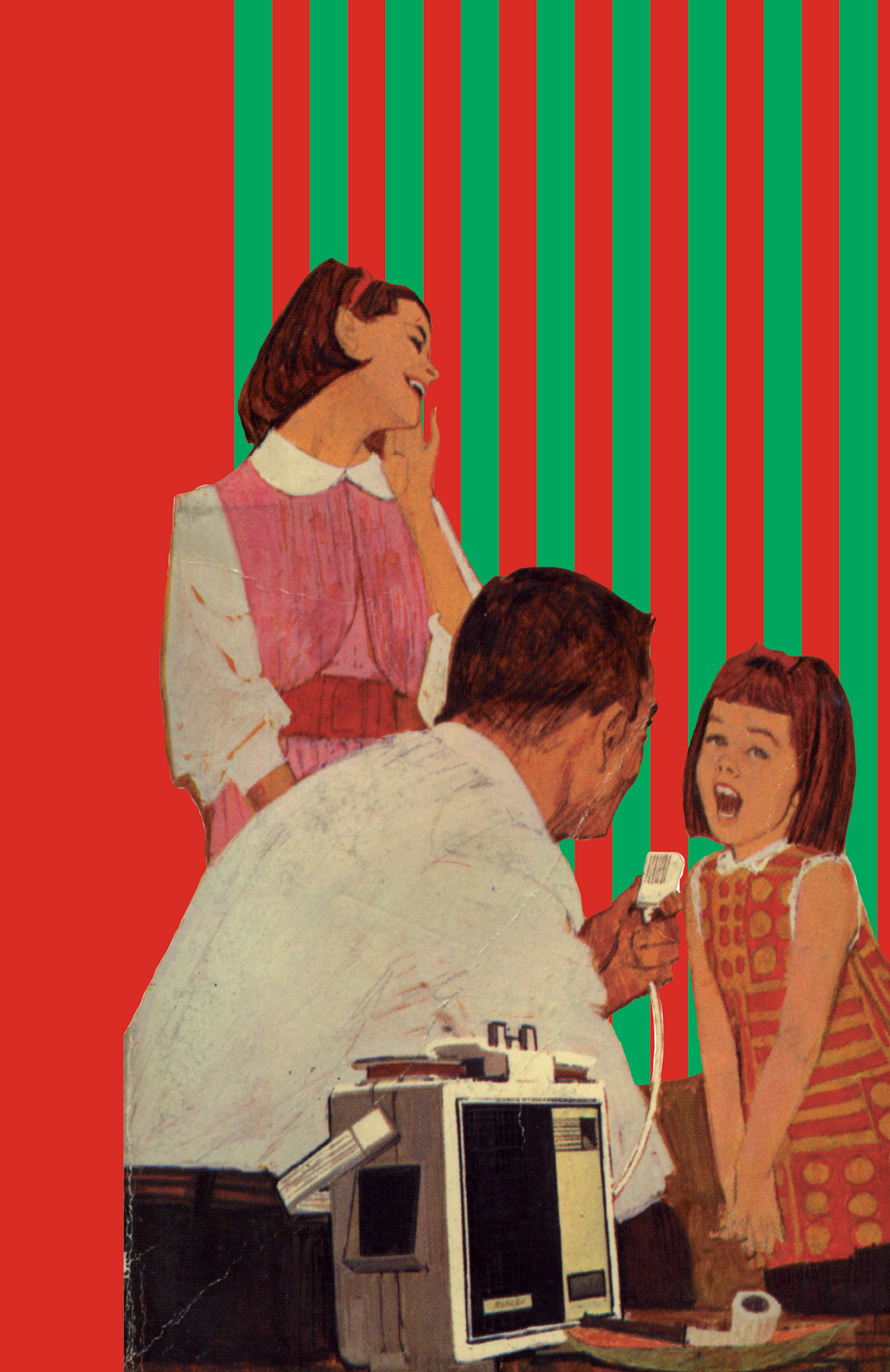I briefly reviewed this software in Tape Op #18, but now I have been able to really spend some time with it. Let's get the bad stuff out of the way first. This software, when compared to Cubase or especially Pro Tools, is not easy to get started with, nor is it very intuitive. The reason for this is that the program is extremely complex, multi-layered, deep and powerful. Although the familiar tape recorder/mixer interface is present, it has been altered somewhat and is surrounded by many other less familiar screens. Also, some of the controls do not respond in the way you might expect them to. The biggest flaw with the program is not the software though, but the lack of a good basic tutorial on getting started - including some troubleshooting FAQs. However, once I got over some basic hurdles, I found the software easy to use and mostly intuitive within Logic's visual interface scheme. One of the main reasons that I had a hard time getting started is because Logic supports multiple interfaces which requires that it be set up first to work correctly. Although this makes Logic a little bit more difficult to set up, it's also why this program is becoming a professional standard. For comparison purposes, I'll contrast this program with the Digidesign 001 running Pro Tools 5.0 software on the Mac which I've also used. Both are host based (i.e.: your computer must crunch the numbers, so the faster your computer the more tracks and effects you can run) but Logic does not include any hardware like the 001 does. With a good 4x4 24/96 interface with monitoring (Like the M-Audio Omni) along with Logic, you will probably spend an extra hundred dollars or so more than you would on the popular 001. And, you'd have four less inputs than the 001. But, unlike the 001 you would have the guts of a totally expandable system including software that I think is more powerful and versatile than Pro Tools. Many artists and power users, such as Nine Inch Nails, are using Logic instead of Pro Tools on their Digidesign systems. This is one of the reasons that Logic is so powerful. It will run on any Digidesign Pro Tools hardware. It will also run on any PCI card that supports ASIO. The Mac and PC versions are also completely uniform and compatible with each other. It also supports Digidesign's TDM plug-in format as well as Steinberg's VST plug-ins and Adobe Premiere plug- ins. In other words, this software and the files it generates are compatible with more hardware and software than any other recording software that I know about, which is an excellent thing in the professional recording environment where portability between studios is a big factor. Unlike the 001, Logic will support any number of interfaces and hardware channels, so that you can upgrade your system a piece at a time, adding high quality I/O as your budget will allow until you have a full blown 24 channel 24/96 system. I currently own a two inch 16/24 track studio but as I expand into hard disk recording, Logic will be the heart of my system. The main reason for this, besides the expandability, is because it sounds excellent. Although it supports multiple plug-in formats, you may never need them because Logic Platinum has 30 or so native plug-ins that come with it. Some are pretty esoteric, but the basics are all there and they sound really, really good. The compressor is versatile and sounds great. There are four EQs, plus lo/hi cut/shelf/pass filters and they all sound musical and good. The flanger and phaser sound cool. There's a "tape" delay. Most software reverbs sound grainy and thin, but the Platinum reverb sounds rich and full, and it's in real time. The 001 reverb sounds really good too, but it's not real time and must be applied to each track off-line. I really enjoyed having a huge 'rack' of good sounding compressors and EQs that could instantly be thrown onto a track. I should mention that I was running Logic on the oldest, slowest Mac G3 available and it ran fine with no glitches at all. Also of interest is how Logic's plug- ins have thrown away the standard 'make this look like a rack mount unit on the screen' interface and completely redesigned it into something new and very easy and intuitive to use. I've really only scratched the surface of this program with this review. Logic also has a complete sample level editing program that has one of the more advanced time/pitch manipulation algorithms I've seen. And, I haven't even touched the complete and extensive MIDI sequencing capabilities. Logic can also turn your MIDI sequence into a camera- ready standard notation score, which is great if you ever want to record a string section or something like that. You can even convert a monophonic, single note audio track to a MIDI track and then score it! The manual (printed on paper, not supplied on an annoying PDF file) is excellent, despite the lack of a tutorial, and is almost two inches thick which gives you an idea of how involved the program is. If you're serious about digitally recording music, you need to seriously look at this program.
Control Surfaces, Interfaces | No. 54
KORE, KOMPLETE 3
by Dana Gumbiner
Native Instruments, known for their unique, high-quality software instruments and virtual studio solutions, have just introduced a distinctive hardware controller/software host called KORE, which they...




_disp_horizontal_bw.jpg)